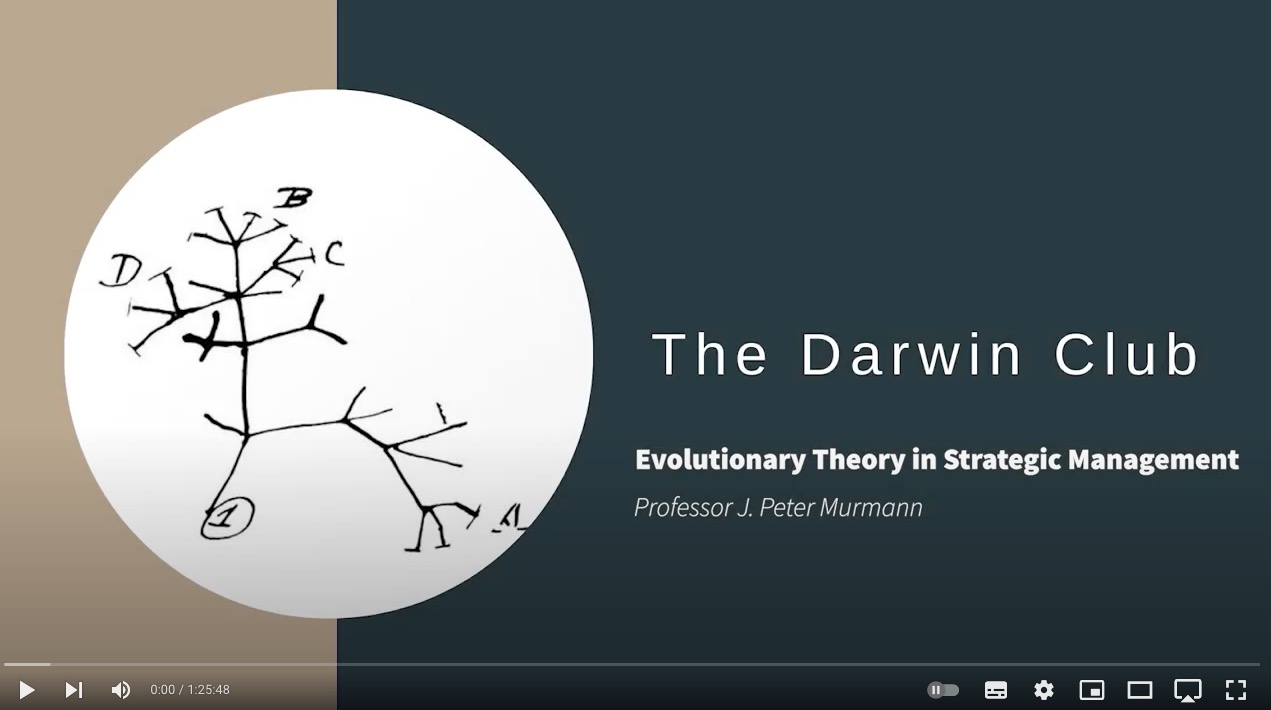
My presentation at Darwin Club: Evolutionary Theory in Strategic Management
Click on picture to play video
Categories: Lectures |

Adam Grant on the Four Deadly Sins of Culture
He says:
People often claim their cultures are unique. But when you study thousands of organizations, you can start to see underlying patterns.
It all has to do with how we balance key priorities. Research reveals that there are two fundamental tensions in organizational culture: Results vs. relationships and rules vs. risk. If you ignore one of these values altogether, you end up committing one of my 4 deadly sins of organizational culture: toxicity, mediocracy, bureaucracy, and anarchy.
The first sin of culture is Toxicity. It’s the deadliest sin of them all. New evidence on the Great Resignation shows that toxic culture is the biggest driver of turnover–more than burnout, more than low pay. Toxicity exists when a culture prioritizes results without relationships. Getting things done at the cost of treating people right. The organization tolerates disrespect, abuse, exclusion, unethical decisions, and selfish cutthroat actions. If people don’t get fired for those behaviors– or worse yet, still get promoted– Houston, we have a problem.
At the opposite end of the spectrum is a second sin: mediocracy. Valuing relationships above results. There’s no accountability. People are so worried about getting along that they end up forfeiting good work. In mediocracy, even if you do a terrible job, you can still get ahead as long as people like you. Before long you end up with the Peter Principle, where everyone is promoted to their level of incompetence, and they get stuck there.
The third sin is… Bureaucracy. That happens when a culture is all rules, no risks. New ideas are seen as threats to the status quo. People cling to process and resist creativity and change. They see questioning the way we’ve always done things as blasphemy! There’s red tape everywhere, and if you want to use the bathroom, you have to fill out paperwork.
And our fourth sin is Anarchy. You have risks but no rules. Anyone can do whatever they want, strategy and structure be damned. No one learns from the past or lands on the same page. It’s pure chaos. It’s bad enough when a culture commits one of these sins, but believe it or not, Maria’s jewelry company managed to be guilty of all four sins.
Source: Worklife Podcast

Economist reports on research on what motivates employees.
The story identifies six different archetypes, far too few to reflect the complexity of individuals but a lot better than a single lump of employees. “Pioneers” are the people on a mission to change the world; “artisans” are interested in mastering a specific skill; “operators” derive a sense of meaning from life outside work; “strivers” are more focused on pay and status; “givers” want to do work that directly improves the lives of others; and “explorers” seek out new experiences.
These archetypes are unevenly distributed across different industries and roles. Pioneers in particular are more likely to cluster in management roles. The Bain survey finds that 25% of American executives match this archetype, but only 9% of the overall us sample does so.
Click on the picture to play the full story.
Categories: Management | Psychology |
How Philco-Ford imagined in 1967 what daily life would be like in 1999
According to Wikipedia, Ford owned Philco for 10 years starting in 1961. Hence the name Philco-Ford. The brand is now owned by Philipps.
Categories: Economics |

A Fly on the Wall in a Fearless Organization
JPM: Amy Edmondson has written a very thoughtful short overview of what an organization that creates psychological safety for its employees without sacrificing performance looks like. I highly recommend the piece.
What does psychological safety sound like?
The trickiest part of organizational change is translating the big idea into the little interactions that happen hundreds or even thousands of times a day. What are team members actually saying to one another in situations both small and large, both ordinary and earth-shattering?
If you follow the current thinking on leadership and management, you have seen the concept of psychological safety cropping up with greater and greater frequency. Psychological safety describes an atmosphere where team members feel they can speak up with concerns, bad news, or ideas without fear of being shut down, blamed, or humiliated.
I call these cultures fearless organizations. In a fearless organization, people are all in. They don’t let concerns about what others might think cripple them. I’ve spent 20-plus years studying how psychologically safe workplaces unleash creativity, innovation, and learning, and have documented it all in my latest book, The Fearless Organization.
Where it gets complicated is bringing this into the everyday life of the team. First, my standard caveat: Psychological safety is often confused with a “safe space,” when it’s actually nearly the opposite.
A psychologically safe culture is not free of conflict, consequences, or accountability. These things exist but are managed positively and constructively. It does not mean employees are “wrapped in cotton wool,” as my friend and London Business School professor Dan Cable has said. Think of psychological safety as an atmosphere of healthy give-and-take, rather than an atmosphere of tiptoeing around.
So, in a psychologically safe environment, what’s actually being said in the room? I’ve divided the list below into “team leader” and “team member,” mainly for emphasis. But in actuality, anyone anywhere in the hierarchy can permit, build, or claim psychological safety. Team leader
- This is totally new territory for us, so I’m going to need everyone’s input.
- There are many unknowns/things are changing fast/this is complex stuff. So we will make mistakes.
- Okay, that’s one side. Let’s hear some dissent/who’s got something to add/let’s have some give-and-take.
- Lucy, you look concerned. Gilles, you haven’t said much. Adrian, what are you hearing in the warehouse/on the phones/on the road?
- What assumptions are we making? What else could this be/could we investigate/have we left out?
- What are you up against? What help do you need? What’s in your way?
- Did everything go as smoothly as you would have liked? What were the friction points? Are there systems we should retool?
- If you’ve got something to add, just… (mention a few channels of communication, including ones suitable for difficult conversations).
- Thank you for that clear line of sight. (This was the famous reaction of Ford’s Alan Mullaly to some colossally bad news.)
- I really appreciate your bringing this to me. I’m sure it wasn’t easy.
Team member:
- We’ve got some new information we’d like to share.
- Something’s been troubling me. Do you have ten minutes to talk about it?
- Some of this is not good news. Is this an okay time to dig in?
- I mentioned the problem to the team and we’ve got some ideas.
- I’ve hit a roadblock/I’ve got to go back to square one/I’ve made a mistake.
- We tried an experiment, and it didn’t go as expected.
- The front desk says patients aren’t comfortable with this new procedure.
- There’s been an uptick in X, and we can’t explain it just yet.
- I’m not sure who to approach about this kind of thing/the level of detail you like to hear/what’s the best procedure for bringing up a concern.
- Let me recheck that for you. It doesn’t sound right. It’ll only take a minute.
- We need another pair of eyes on this. Best to spend a minute/hour/day/week on that now.
- I don’t feel right about this. Can we do a hard stop right here?
- article continues after advertisement
As you can see, these are perfectly normal, everyday phrases. And that is exactly my point. None of this is technical knowledge or deep expertise; it’s more like cultivating a habit of mind and re-orienting one’s thinking. All of it is quite simple—and yet, not easy.
A few themes emerge from these snippets. Team leaders and members, wherever they are in the hierarchy, must continuously do three things:
- Frame the challenge. This creates room for questions and concerns, but also for creativity. What you’re really doing is giving permission to experiment, possibly mess up in myriad small ways, and thus to learn. After all, we live in a VUCA world (a military term for variable, uncertain, complex, and ambiguous). There’s always a challenge to frame.
- Invite participation. Make it 100 percent clear that all voices are welcome. Be continuously on the lookout for the unspoken concern or idea. It remains a stubborn fact that we don’t know what we don’t know. I’ve seen companies do creative things like developing their own insider-speak, almost a set of cues for speaking up. These can be anything—a catchphrase, a line from a movie. And depending on the context, they can be odd or goofy or profound.
- Respond appropriately. Make speaking up a positive experience, even when you don’t like what you’ve heard. This is incredibly hard sometimes, but absolutely necessary. When you get bad news, you might be angry or disappointed. You may be worried about the project or how the news reflects on you. But in the moment, you must put all that to the side. Thank the messenger enthusiastically, sincerely, and publicly, if appropriate. Then move forward constructively.
These three things must be done in as many ways—and at as many junctures—as it takes.
Here’s a way to think about creating psychological safety. It comes from a different context, but it works. There’s a very gifted designer of educational products, David Dockterman, who has taught a popular course at the Harvard School of Education. One of his maxims: Think of the classroom where kids are doing your activity. Think of what you want them to be saying to each other. Work backward from there.
It’s in that spirit that I offer up the list above. It only scratches the surface, and context is everything. But I do I hope these snippets might help you work backward to a culture of speaking up and forward to a fearless organization.
Source: Psychology Today

Peter Hessler: “How China Controlled the Coronavirus”
The China expert Peter Hessler has written an informative letter on How China Controlled the Coronavirus drawing on his experience on teaching a class on non-fiction writing in Sichuan during the pandemic. Read Article. You can listen to a podcast of the article as well.
Categories: China | Publications |

Striking Similarities to Spanish Flue outbreak in 1918
We have heard about the similarities of COVID-19 to the Spanish flue, but here is it told well in a short video.
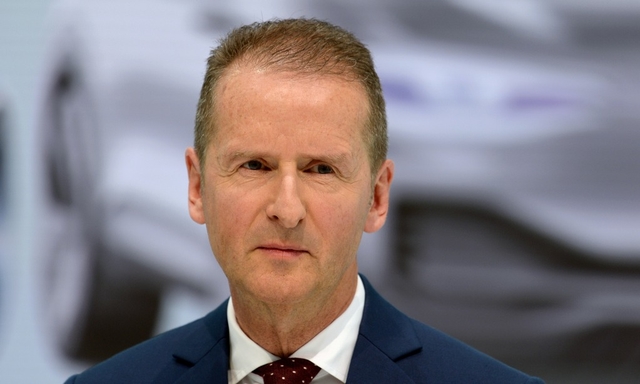
VW CEO uses history to explain why VW needs to speed up change to avoid the fate of Nokia
This is a Deepl AI translation of the speech of VW CEO to employees in January 2029. The complete speech of the VW boss in the wording:
“Ladies and gentlemen,
the world is on the move. Politically and technologically, we live in an incredibly dynamic time. A turn of an era stands before us - from the dimension of the industrial revolution. And Volkswagen is in the midst of the storm of the two greatest transformation processes:
- Climate change and the associated pressure to innovate towards emission-free driving.
- And digitalisation, which is fundamentally changing the automobile as a product.
Our Group is not always in the best position to react quickly and systematically enough to these developments. Measured against this, we have not done badly so far. This is also acknowledged by market observers. In 2019 in particular, analysts have gained new confidence in our strategy.
At the beginning of this year, Kepler Cheuvreux attested: “We think VW is the best positioned player in the industry to master the CO2 challenge. And Goldman Sachs says: “We expect VW Group to continue to prosper this year as a result of ongoing positive sales developments at VW brand, a pick-up in sales at Audi, and broadly flat margins.
In the Litigation area, we are making the risks from the diesel crisis more manageable step by step. In terms of corporate culture, we are seeing tangible and measurable progress. I am pleased that we have increased our integrity by three points in the sentiment barometer.
Our modern MQB-based model range in terms of volume and the new Porsches, Audis, Lamborghinis and Bentleys are convincing customers. We are improving the quality of our business. Revenue and earnings are growing faster than unit sales. In China, we increased our market share by 1.4 percent in a sharply declining market. This is a great achievement, which hardly anyone would have expected from us. Congratulations to Stephan Wöllenstein and his team on their outstanding performance!
In South America we are back in the black for the first time, and we have also turned our business around in Russia. In North America, we have significantly improved our earnings and are aiming to break even this year. Volkswagen Financial Services will have a record year in 2019, and the component has taken decisive steps in battery development and production.
At Audi, the e-tron got off to a successful start, development costs were reduced and a comprehensive cost reduction programme was launched. Porsche has once again delivered excellent figures and cars and set an example with the Taycan. Seat conquers new and young customers with Cupra. Skoda is running at full speed and will present the new models in India, an important future market for us, at the beginning of February.
VW Commercial Vehicles has put the extremely important Ford cooperation on track, and Traton has completed its IPO. We are seeing positive trends at Bentley, Ducati, Bugatti and Lamborghini, and Bentley in particular is back in the black. The Volkswagen core brand has worked hard to further increase returns. All in all: good developments.
“The storm is just beginning”
Categories: Management |
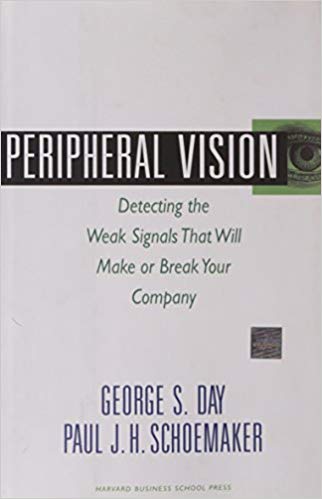
Framework and Toolkit for Improving Peripheral Strategic Vision
Day and Shoemaker have developed a useful framework and toolkit for assessing how much peripheral strategic vision your company needs.
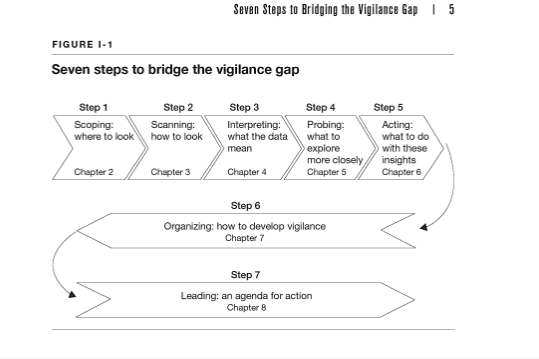
An MIT Sloan article lays out the ideas in three steps.
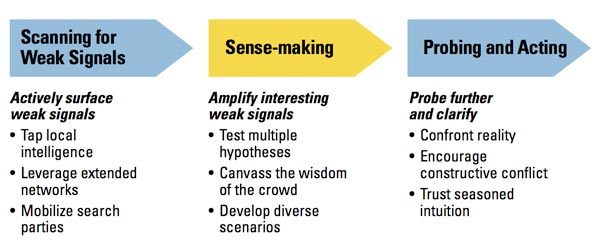
More details on the toolkit are in their HBR article that can be assessed here.
Categories: Bookshelf | Management |

On Strategic management, leadership & the success of Huawei
I did a four-minute interview with the HSG Focus Magazine.
Categories: Management | Publications |
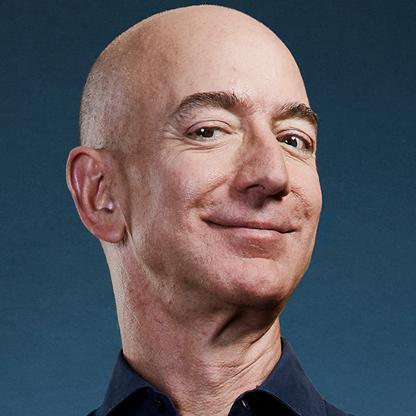
“We do not do PowerPoint at Amazon”
Jeff Bezos explains in an annual letter to shareholders that Amazon bans PowerPoint presentations.
Six-Page Narratives
We don’t do PowerPoint (or any other slide-oriented) presentations at Amazon. Instead, we write narratively structured six-page memos. We silently read one at the beginning of each meeting in a kind of “study hall.” Not surprisingly, the quality of these memos varies widely. Some have the clarity of angels singing. They are brilliant and thoughtful and set up the meeting for high-quality discussion. Sometimes they come in at the other end of the spectrum.
In the handstand example, it’s pretty straightforward to recognize high standards. It wouldn’t be difficult to lay out in detail the requirements of a well-executed handstand, and then you’re either doing it or you’re not. The writing example is very different. The difference between a great memo and an average one is much squishier. It would be extremely hard to write down the detailed requirements that make up a great memo. Nevertheless, I find that much of the time, readers react to great memos very similarly. They know it when they see it. The standard is there, and it is real, even if it’s not easily describable.
Here’s what we’ve figured out. Often, when a memo isn’t great, it’s not the writer’s inability to recognize the high standard, but instead a wrong expectation on scope: they mistakenly believe a high-standards, six-page memo can be written in one or two days or even a few hours, when really it might take a week or more! They’re trying to perfect a handstand in just two weeks, and we’re not coaching them right. The great memos are written and re-written, shared with colleagues who are asked to improve the work, set aside for a couple of days, and then edited again with a fresh mind. They simply can’t be done in a day or two. The key point here is that you can improve results through the simple act of teaching scope – that a great memo probably should take a week or more.
Source: Annual Report 2018

Categories: Management | Writing |
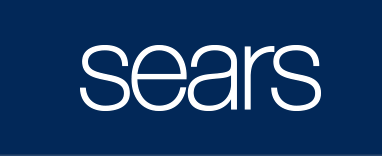
Brick and Mortar Retailers 2006 and Now
Amazon gained a lot more value then the big brick and mortar retailers list. But would this still be the case if the value destruction at all the small retailers that Amazon put out of business were accounted for? Think of Cody’s bookstore in Berkeley. 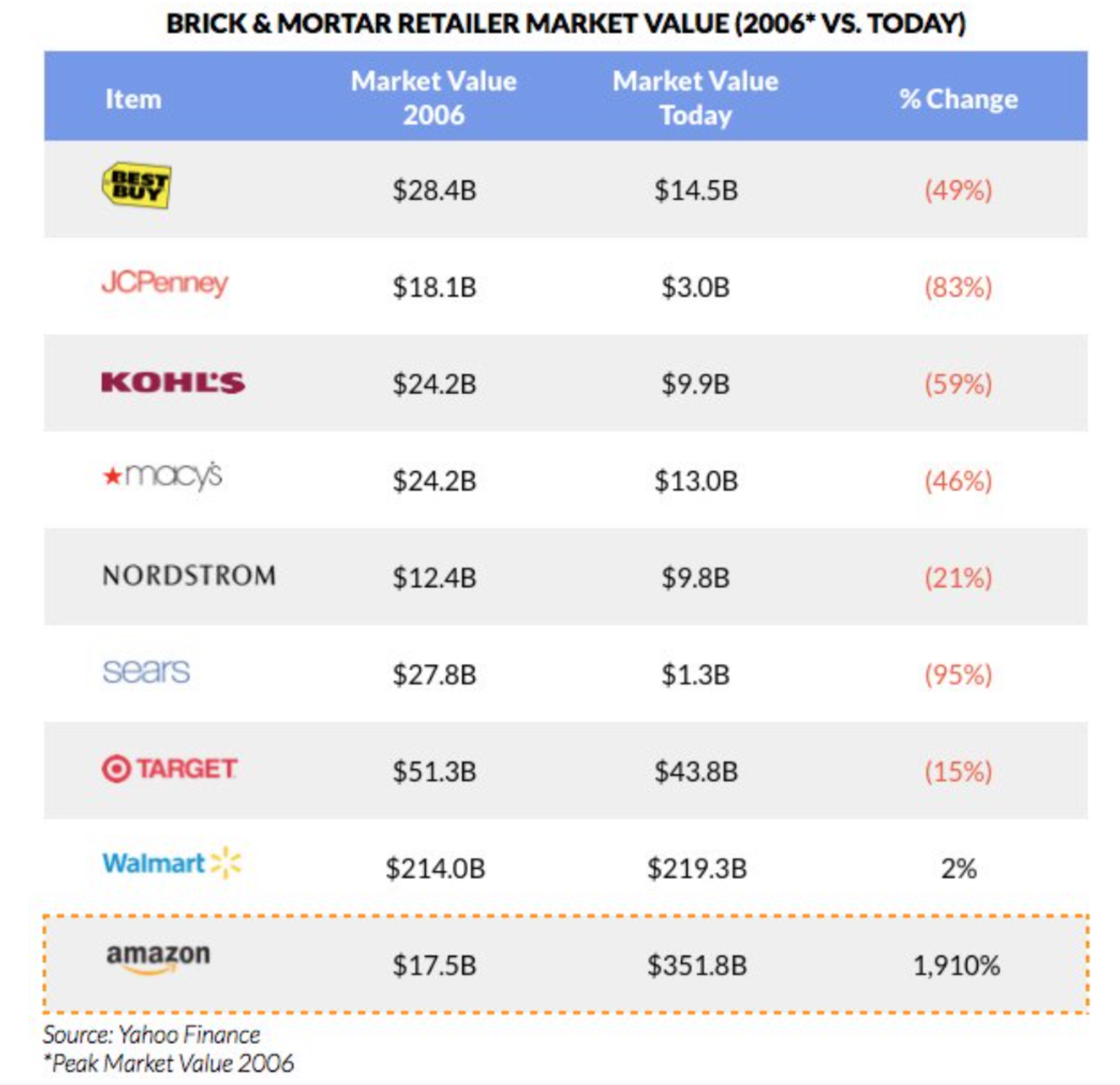
Categories: Management |

Getting a better sense of just how small a nanometer is
I am doing a bit of research on history and prospects of nano technology. Since 2000 the US government has an a nano technology initiative to ensure that the country stays what people consider a radical new technology to create new materials and structures. The chips in our computers and smartphones are getting ever more powerful because engineers are able to use nano technology to pack ever more transistors onto a chip. In addition to providing useful short history of nanotechnology, Nano.gov gives an useful illustration just how small is “nano”?
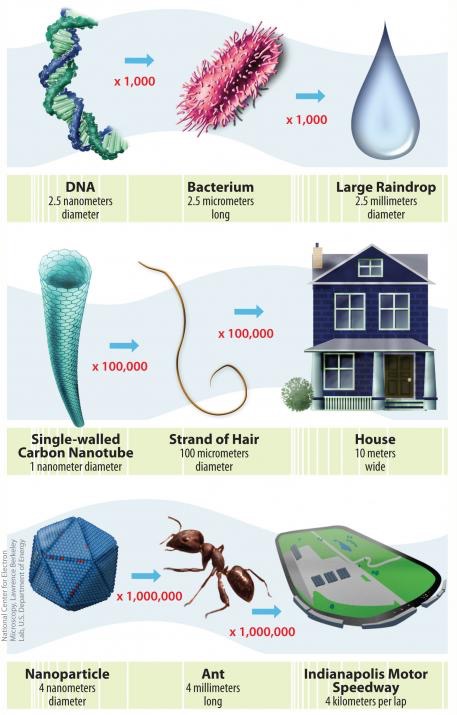
Categories: Innovation |

Laptops are a big distraction in the class room
I am inconsistent. I some contexts I have banned computers and more importantly smartphone use in classrooms because it became apparent that large number of students were distracted by it. It others I have allowed it because I myself like to take notes on a laptop. Here is the evidence why at least internet connections need to be turned off in classrooms.
Over time, a wealth of studies on students’ use of computers in the classroom has accumulated [...]. Among the most famous is a landmark Cornell University study from 2003 called “The Laptop and the Lecture,” wherein half of a class was allowed unfettered access to their computers during a lecture while the other half was asked to keep their laptops closed. The experiment showed that, regardless of the kind or duration of the computer use, the disconnected students performed better on a post-lecture quiz. The message of the study aligns pretty well with the evidence that multitasking degrades task performance across the board.
Pop quizzes, of course, are not the best measure of learning, which is an iterative and reflective process. Recent Princeton University and University of California studies took this into account while investigating the differences between note-taking on a laptop and note-taking by hand. While more words were recorded, with more precision, by laptop typists, more ended up being less: regardless of whether a quiz on the material immediately followed the lecture or took place after a week, the pen-and-paper students performed better. The act of typing effectively turns the note-taker into a transcription zombie, while the imperfect recordings of the pencil-pusher reflect and excite a process of integration, creating more textured and effective modes of recall.
Categories: Lectures | Psychology |

CEO of Large German Publisher speaks out: Why we fear Google
This if one of the most interesting open letter I have ever read by a CEO. Mathias Döpfner, CEO of Axel Springer, closes his open letter:
Dear Eric Schmidt, you do not need my advice, and of course I am writing here from the perspective of those concerned. As a profiteer from Google’s traffic. As a profiteer from Google’s automated marketing of advertising. And as a potential victim of Google’s data and market power. Nevertheless – less is sometimes more. And you can also win yourself to death.
Historically, monopolies have never survived in the long term. Either they have failed as a result of their complacency, which breeds its own success, or they have been weakened by competition – both unlikely scenarios in Google’s case. Or they have been restricted by political initiatives. IBM and Microsoft are the most recent examples.
Read full letter in FAZ: Why we fear Google
Categories: Innovation | Economics |

What Employers value the most in MBA graduates
A recent survey of CEOs reveals what they are looking for in today’s MBA graduates:
Self-Awareness (62%)
Integrity (60%)
Cross-Cultural Competency (57%)
Team Skills (49%)
Critical Thinking (48%)
Communication (48%)
Comfort with Ambiguity and Uncertainty (41%)
Creativity (27%)
Execution (21%)
Sales (19%)
Source: PoetsandQuants.com
Categories: Management |

Superb Video Illustration of Changes to USA Budget in the past 50 Years
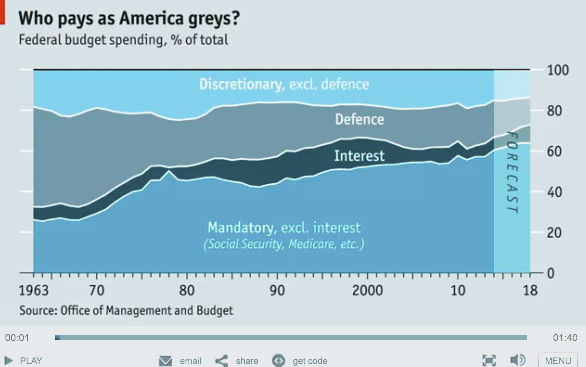
Click on “More” to play the video animation.
Categories: Economics |

SAP Founder, Hasso Platter, on the difficulty of changing a firm rather than starting a new one
Hasso Platter co-founded SAP. For the past two decades he has been involved in trying to adopt the SAP to area of internet and cheap clout computing.
When asked whether it is harder to set up a new company or to steer an existing company in a new direction, he does not hesitate with his reply.
“The bigger challenge, I’d say, is the latter one.”
To reinvent a successful company such as SAP is much more difficult. “You have to convince people that change has to come, and that is difficult,” he says, noting that it is easier to convince Americans about the future than people in Switzerland or Germany. “We are more conservative. We are a little bit afraid of the future. Americans are not afraid of the future.”
Source: Financial Times
Categories: Management |
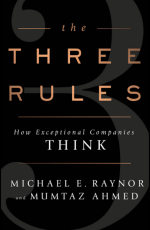
The Three Rules: How Exceptional Companies Think
In their new book, The Three Rules: How Exceptional Companies Think, Michael E. Raynor and Mumtaz Ahmed carefully identified from all publicly listed American firms those firms that performed very highly over long periods of time. When they tried to find out what they had in common, they could not identify concrete behavior. What made the companies different, according to the authors, where their mindsets. This leads Raynor and Ahmed to articulate three rules for success.
Better before cheaper: Compete on differentiators other than price.
Revenue before cost: Drive superior profitability with higher prices or higher volumes, not lower cost.
There are no other rules: Change anything/everything in order to abide by the first two rules.
The Economist wrote a very thoughtful review about the entire genre of business books that tries to glean lessons from studying successful players. I agree with their assessment that in the end,
The difficult question is how to find that profitable niche and protect it. There, The Three Rules is less useful.
Categories: Bookshelf | Management |

Letters from China: “Breathtaking Beijing”
In early June, I visited Beijing for the first time. The Chinese capital is breathtaking in every sense of the word. The city has gone through an amazing development and is more glitzy than many American and European large cities. It definitely feels more modern and dynamic than Philadelphia, whose neighborhoods I explored while living there for most of 2012.

As a teenager in the early 1980s, I visited a number of communist countries: East Germany, Poland, Czechoslovakia. So I find it easy to imagine what Beijing would have looked like before 1978. In mere 30 years, a run-down and crumbling place was transformed into a modern city, which is far better developed than any city I have seen during my visits to formerly communist Ukraine in 2004 and 2009. Also in relation to Rio De Janeiro, Beijing seems newer, and lot cleaner especially compared to the outskirts of Rio.
Categories: China |

